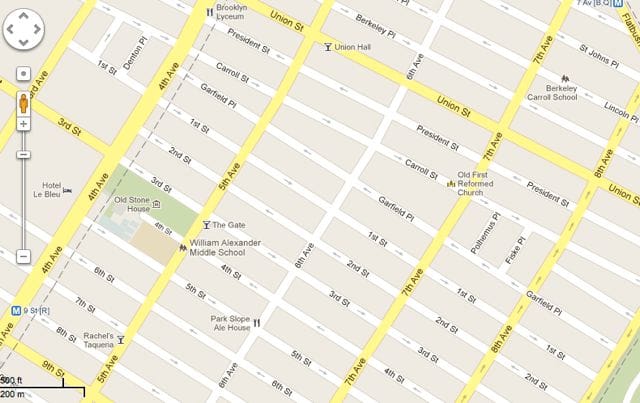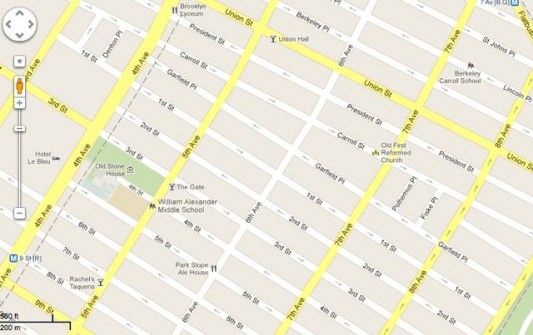Trouble at the Borders


Where does Park Slope become Gowanus? What’s Greenwood Heights, exactly, and when did it become a thing? And for goodness’ sake, what actually counts as East Williamsburg?
If you’re a broker, the answer is always Park Slope (27th Street between 3rd and 4th? Why not!). But even if you’re not trying to squeeze another few hundred bucks out of a trio of recent college grads who really want to believe the the apartment you’re showing them on the Queens border is in the “heArt of PRiMe WilLiAmsBurg,” the boundaries are murky.
The debates rage at cocktail parties (THAT IS SO NOT SOUTH SLOPE!) and in community board meetings, but as the Times reports, the greatest power for change (or for preventing it) seems to rest with a brigade of amateur mapmakers. Because — as Philip Roth will tell you — if it’s on the Wikipedia, it’s basically true.
Yesterday, the paper profiled one of these volunteer cartographers, Google “regional review expert” Matt Hyland. (Name ring a bell? When he’s not inspecting the Google Maps boundary between Carroll Gardens and Gowanus, the full-time chef/part-time Columbus is getting ready to open his new 5th Avenue pizza joint, Brooklyn Central.)
In his spare time, Mr. Hyland rejects or approves dozens of changes to Google’s online map of New York City, which received more than 2,000 proposed revisions last month from users of Google Map Maker. He consults city documents, community boards and local blogs before making any changes to a neighborhood’s boundaries, viewing himself as more umpire than activist. He ago ids upstart terms peddled by brokers, as when he overruled a user who tried to relabel a swath of Brooklyn waterfront as “Rambo” — for Right Around Manhattan Bridge Overpass.
But while Rambo is a pretty clear-cut example of “not a real thing,” definitively defining neighborhoods isn’t actually possible — at least, not to the degree we seem to expect:
“Anyone who says there is a defined neighborhood is off his rocker,” said Lisa Keller, executive editor of The Encyclopedia of New York City, a meticulously researched tome of five-borough facts.
When she set out to define neighborhood borders for the book, Ms. Keller contacted dozens of local experts and historians for each entry. “I talked to 20 people and got 12 different answers,” she said.
And really, that’s a blessing — what else would we talk about?




